GEORGE R. SWAIN
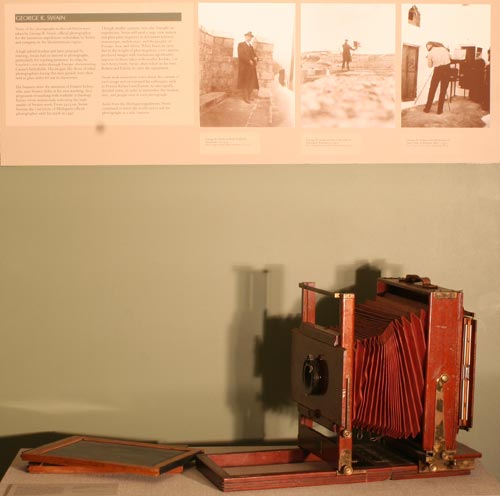
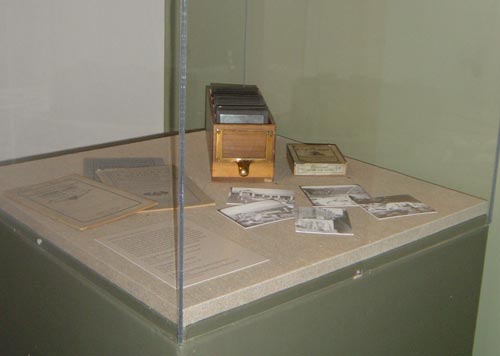
Click on objects on the pictures to see larger images
Many of the photographs in this exhibition were taken by George R. Swain, official photographer for the numerous expeditions undertaken by Kelsey and company in the Mediterranean region. A high school teacher and later principal by training, Swain had an interest in photography, particularly for teaching purposes. In 1899, he bicycled 2,000 miles through Europe, documenting Caesar's battlefields. His images, like those of other photographers during this time period, were then sold as glass slides for use in classrooms.
His business drew the attention of Francis Kelsey, who used Swain's slides in his own teaching. As a proponent of teaching with available technology, Kelsey wrote testimonials indicating the high quality of Swain's work. From 1913 on, Swain served as the University of Michigan's official photographer until his death in 1947.
Though smaller cameras were also brought on expeditions, Swain still used a large view camera and glass plate negatives to document artifacts, manuscripts, architecture, and the peoples of Europe, Asia, and Africa. While heavy to carry due to the weight of glass negatives, view cameras produced images with resolutions significantly superior to those taken with smaller Kodaks. For such heavy loads, Swain often relied on his sons, Robert and Edwin, to carry the equipment.
Swain took meticulous notes about the content of each image and encouraged his colleagues, such as Francis Kelsey's son Easton, to take equally detailed notes, in order to remember the location, date, and people seen in each photograph.
-
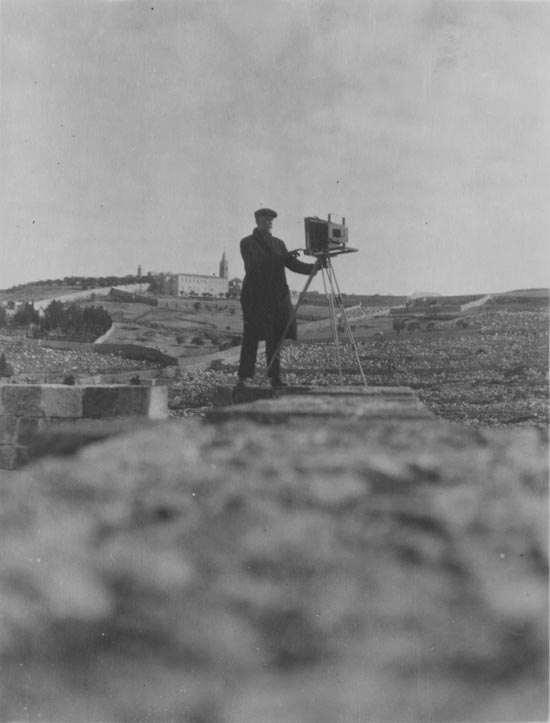
George R. Swain on top of city wall at Jerusalem, February 5, 1920 Photo: Easton T. Kelsey, Kelsey Museum neg. KS130.04
-
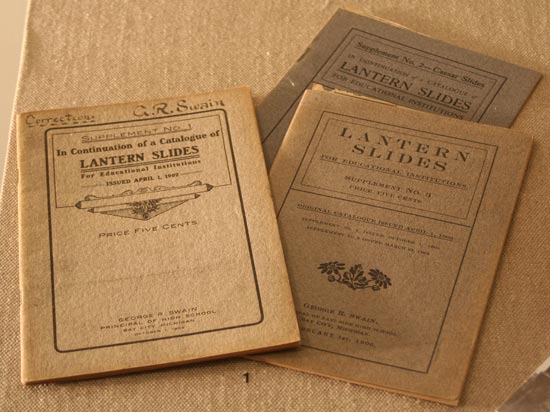
George R. Swain glass slide catalogues. Paper, ink. 1902–1906, George R. Swain, Bay City, MI Kelsey Museum Archives
-
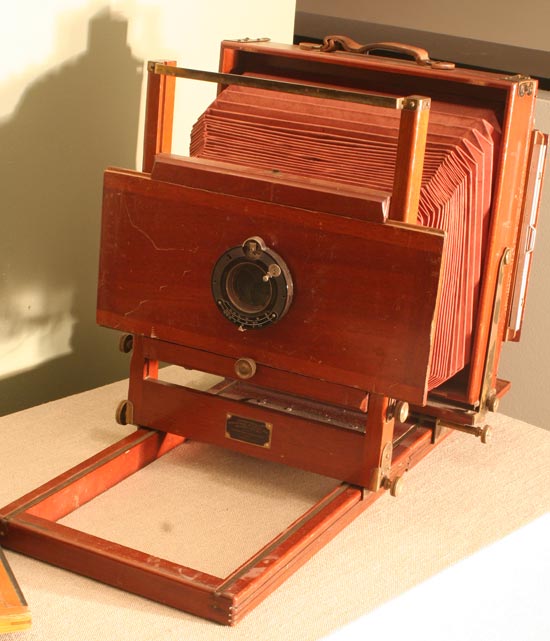
Eastman View Camera No. 2. Wood, metal, glass. 1914–1925, Eastman Kodak Company, Rochester, NY Kelsey Museum Archives
-
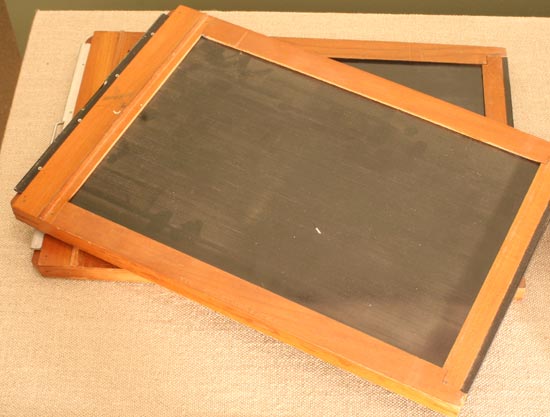
View camera plates. Wood, metal. Folmer Graflex Corp., Rochester, NY Kelsey Museum Archives
-
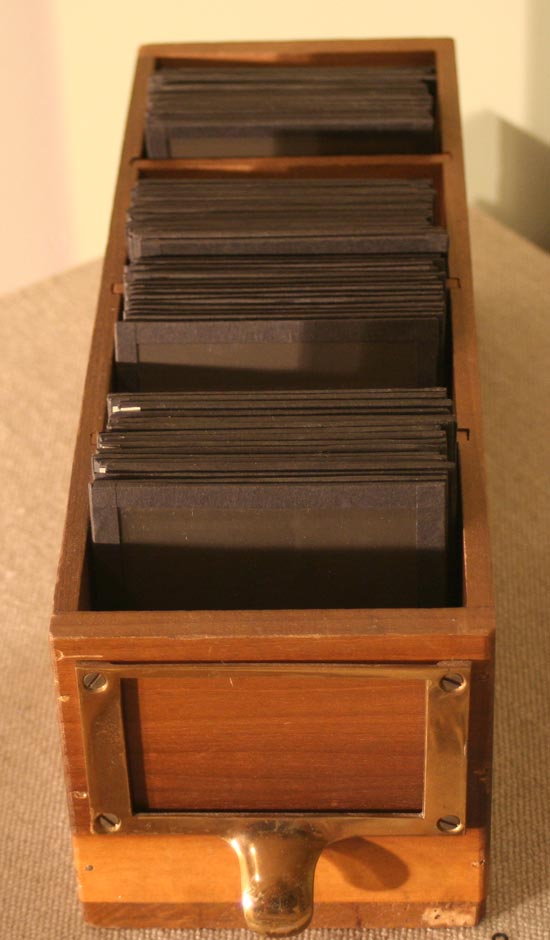
Glass slides in wood box. Undated, George R. Swain, MI Kelsey Museum Archives
-
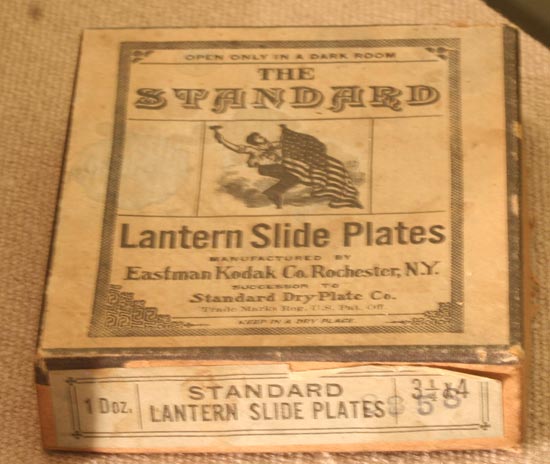
Blank lantern slide plates in paper box. Undated, Eastman Kodak Company, Rochester, NY Kelsey Museum Archives
-
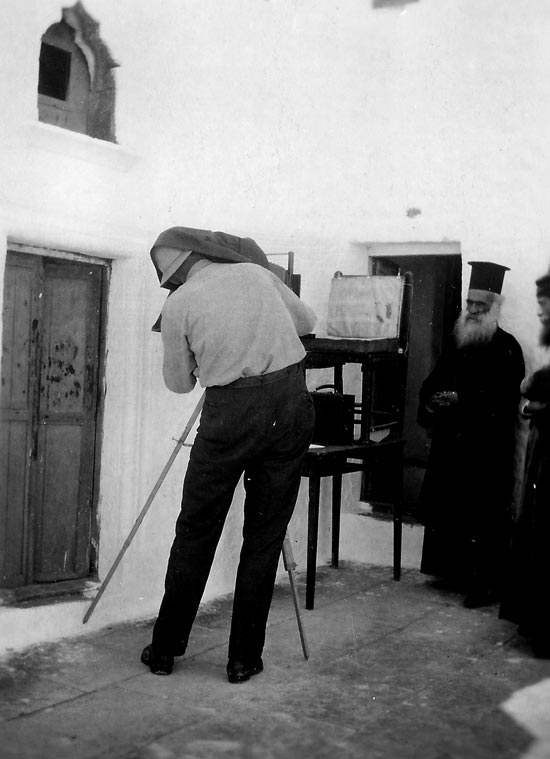
George R. Swain at the Monastery of Saint John on Patmos, May 7, 1920 Photo: Easton T. Kelsey, Kelsey Museum neg. KK195